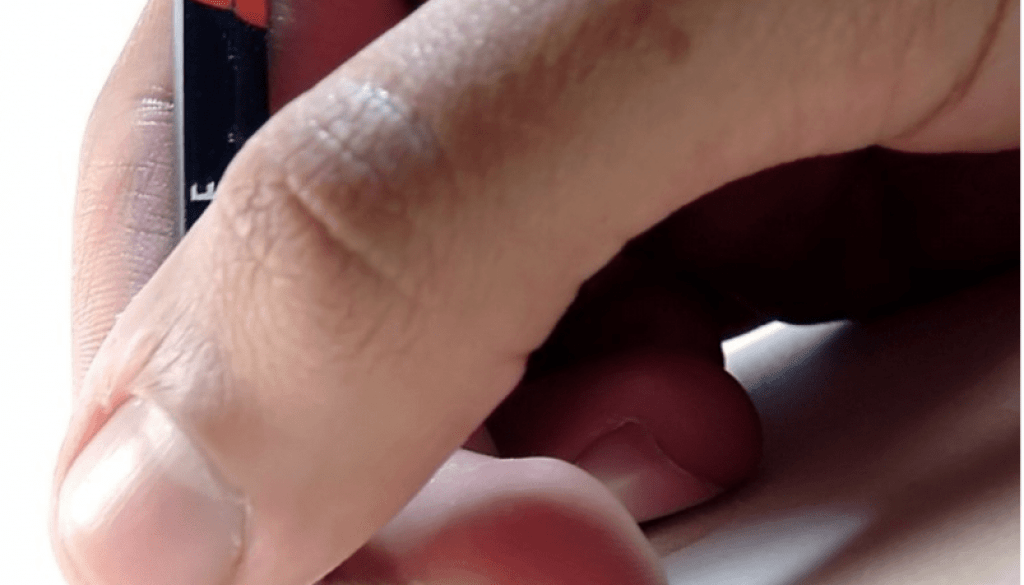eProcurement and eSourcing Solutions For Your Business
One of the most difficult things about searching for eProcurement and eSourcing solutions for your business is finding the right software to truly suit your needs. eSourcing technology has certainly come a long way, but everyone’s procurement process is slightly different, and you may find there is no one-size-fits-all solution out there —at least so far.
To find the right eProcurement and eSourcing solutions, you must ensure that you are searching for all the right features when you are looking to streamline sourcing. When it comes to eProcurement software in general, there are some “must-haves,” and if the technology you’re using is missing some of these fundamentals, your process will indeed be compromised.
Read on to learn more about some of the “musts” when it comes to eProcurement and eSourcing solutions, and which may be a good fit for your company.
eProcurement and eSourcing Solutions: Some Must-Haves in eProcurement
When you’re trying to streamline your process, there are certain aspects of eProcurement software that should be integrated in order to make streamlining possible. Even if these are features you don’t think you need, in most situations, they will help with your supply chain and procurement flow. As you look for eProcurement software, look for:
- Data transparency. Data transparency will be made possible by way of a central repository, which will lead to more than one must-have feature (see below). However, data transparency will contribute to your overall bottom line by ensuring everything is being tracked, recorded, and noticed, not only by you, but by other members of your team. This is vital to risk management.
- Cloud hosting. This allows you to repair mistakes quickly anywhere in the supply chain, and having cloud hosting is both a benefit for you as well as your suppliers. This offers you full remote access to a centralized system, where having an onsite system comes with many limitations.
- Ordering. This involves the process of creating and approving a purchase request or requisition and creating a purchase order.
- Invoicing. This allows for invoices to be presented electronically and in some cases, invoices can be automatically approved by the software if the dollar amounts, dates, and quantities match the purchase order.
- Catalog management. This is a process that starts with suppliers making their goods available to you via an electronic catalog. The important part of the process is that your employees can select their goods from the catalogue and then those goods are automatically put on the purchase request and eventually the purchase order which streamlines the rest of the process, including automatically approving the invoice if the invoice totals match those on the purchase order.
- Collaboration. A central repository is also a benefit when it comes to collaboration. Your software should have the ability to allow your entire team to log in and see where projects stand, in real-time, 24 hours a day, 7 days a week, whether they’re in the office or logging in remotely. Similarly, you also want to allow your suppliers limited access to allow for collaboration across the board, which also fits into the transparency piece.
Your eProcurement software should also be able to perform specific functions relative to your needs and the needs of procurement, such as spend analysis reports, eRFX, reverse auction functions, contract management options, and procure-to-pay functions.
eProcurement and eSourcing Solutions: Some Must Haves in eSourcing
eSourcing and eProcurement are closely related. For example, when you’re looking for eProcurement and eSourcing solutions and eRFX tools are mentioned, they may be part of your eProcurement suite, but eRFX is technically eSourcing software.
Some of the things to look for in eSourcing software include:
- eRFx. This includes the ability to manage all parts of your typical RFI or RFP, including questionnaires and pricing templates.
- Reverse auction capabilities. When you conduct a reverse auction, suppliers place lower bids to secure your business instead of the other way around. This can be a very useful tool in eSourcing and should be part of your eProcurement and eSourcing solutions platform.
- Templates for RFP/RFI/RFQs. Drawing these up individually can be a nightmare. Make sure you have templates as part of your eSourcing software to streamline this process.
- Real-time response for strategic sourcing. The UI of your program needs to be able to convey supplier responses in real time so you don’t miss out.
- Supplier evaluation and comparison. In order to build a database of suppliers, evaluate them in-house, and build a list of strategic suppliers, you’ll need to be able to easily find a way to evaluate and compare suppliers after working with them. Make sure your eSourcing software has this functionality. For some, this might include an evaluation scorecard where several members of your team score supplier responses to help select the most qualified supplier in a methodical manner.

You always want to make sure you can communicate in real-time with suppliers or potential suppliers with your software. Delayed response time can be disastrous in procurement, so ensure that your software has capabilities that allow for transparent communication.
To hear more about eProcurement and eSourcing solutions for your business, or to request a free demo, contact EC Sourcing Group today at 973-936-9672. Our software can help you re-imagine and streamline your procurement process.

